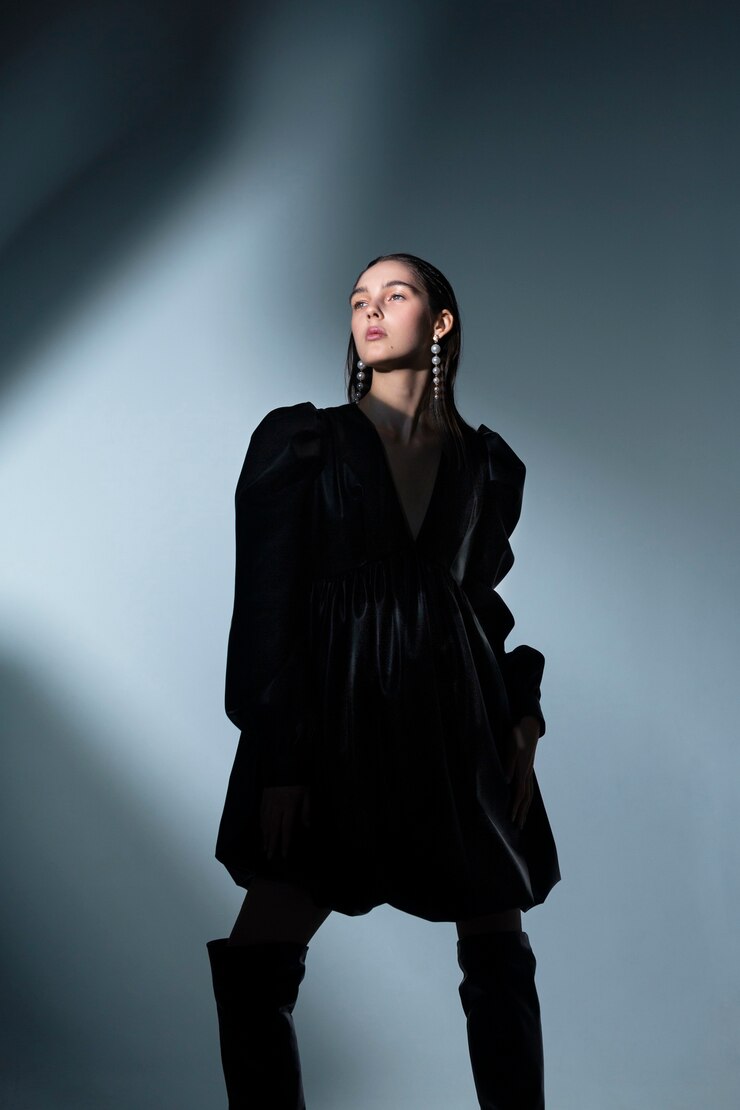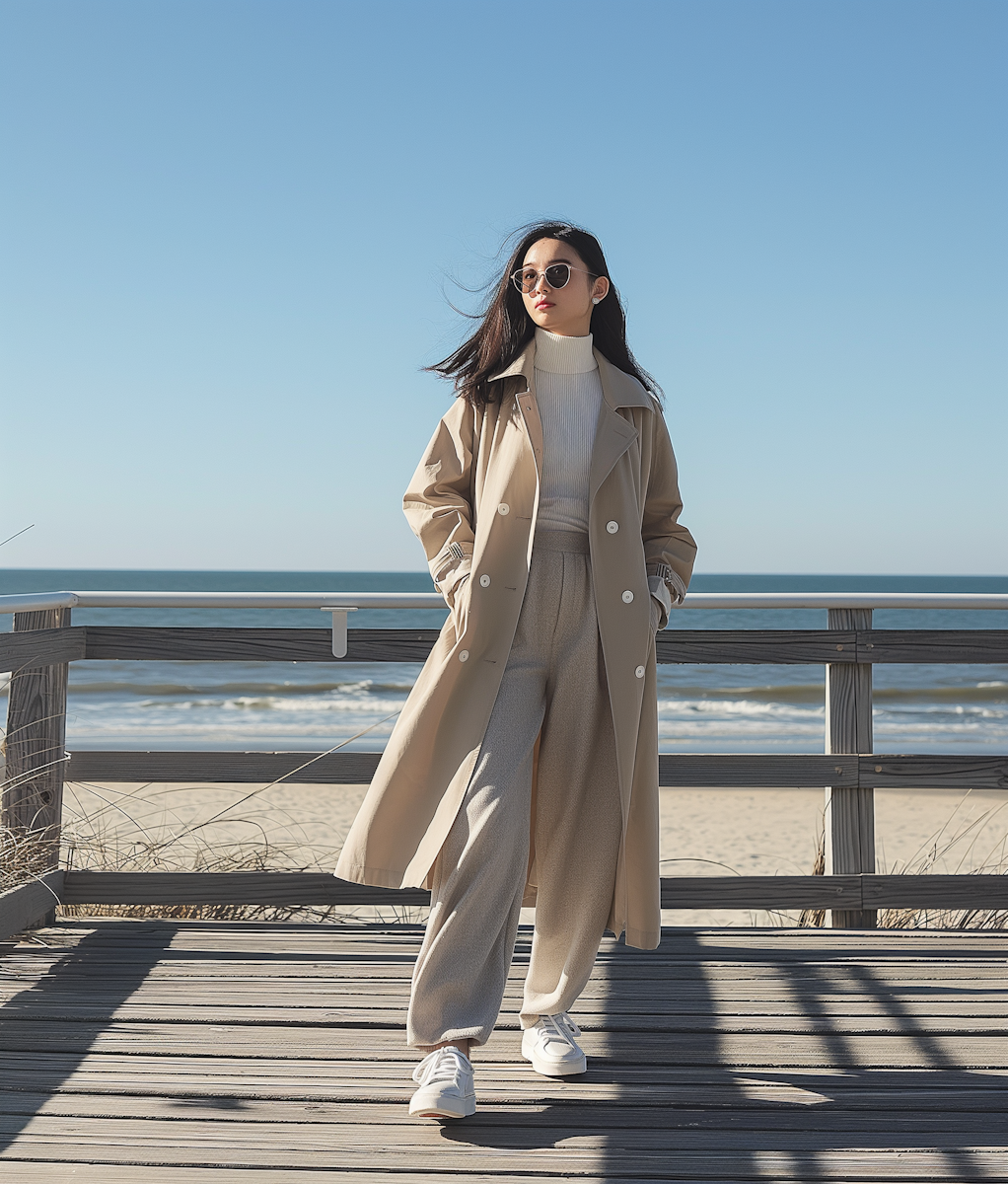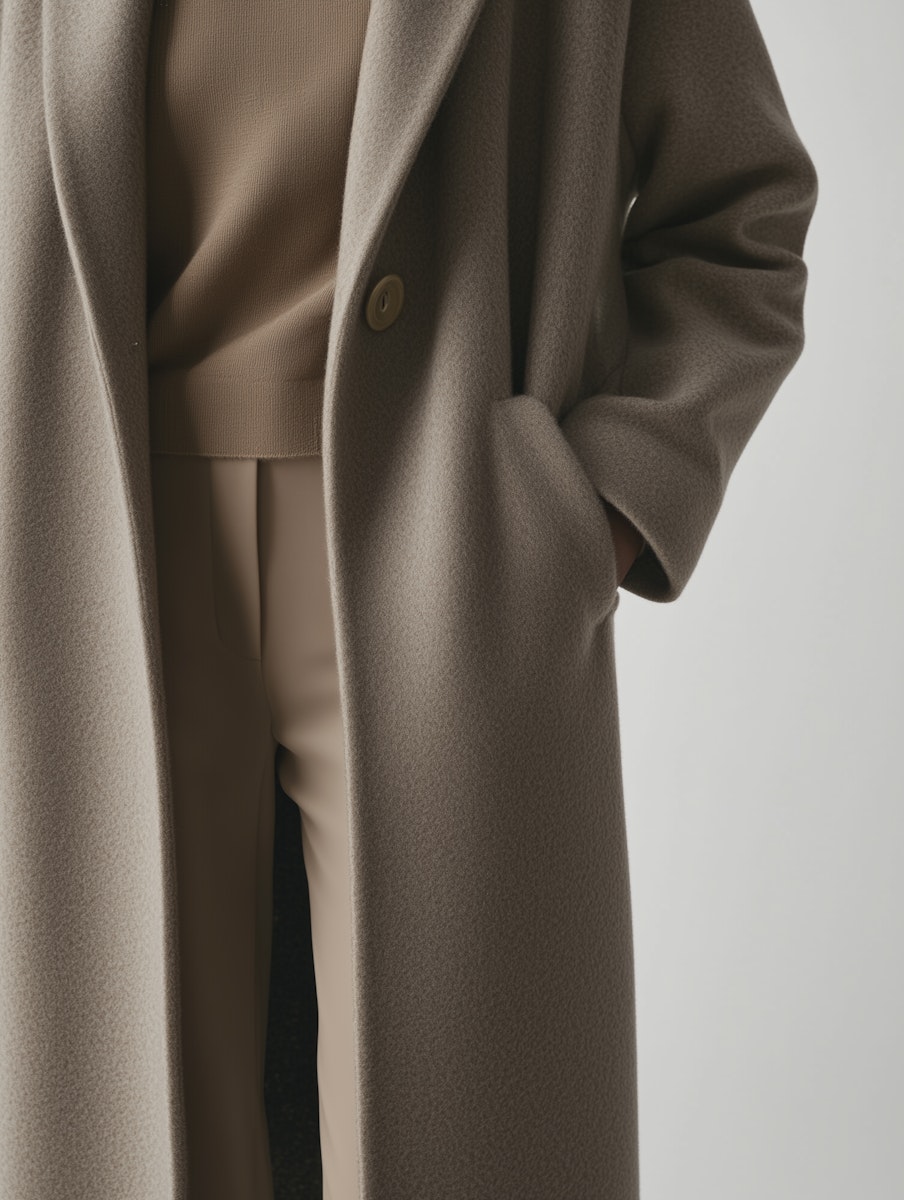Table of contents
Denim has traveled an incredible journey—from its humble beginnings as durable workwear to its contemporary status as a staple in High Fashion collections worldwide. Today, denim is more than just a fabric; it’s a canvas for creativity and self-expression that blends heritage with modern trends. In this post, we dive into the fascinating evolution of denim, uncover its historical significance, and explore how it seamlessly transitioned from blue-collar origins to high-end runways.
The Origins: Denim as Workwear
Denim was originally designed for functionality and durability. Its roots can be traced back to the 19th century during the California Gold Rush, when sturdy fabrics were essential for the labor-intensive work of miners and laborers. The strong cotton twill fabric quickly became synonymous with resilience and practicality. Jeans, originally created as work pants, offered unmatched durability and comfort. This utilitarian garment was worn by people from all walks of life, emphasizing its early connection to hard work and perseverance.
Transitioning Through the Decades
From Utility to Cultural Icon
The evolution of denim is closely interwoven with its adoption by various subcultures over the decades. In the mid-20th century, denim began to appear on the streets as a symbol of rebellion and freedom. Icons of counterculture and music, from rock stars to movie rebels, embraced denim as a statement of defiance against conventional societal norms. This cultural shift laid the foundation for denim’s future transformation into a trend-setting fabric.
Denim in Mainstream Fashion
By the late 20th century, denim was no longer confined to the working class or rebellious youth. It began to break into mainstream fashion. Designers experimented with washes, cuts, and embellishments, integrating denim into various garments that went beyond the traditional pair of jeans. Denim jackets, skirts, and even tailored pieces started to dominate the fashion scene. This period marked the beginning of denim’s journey into High Fashion, as it moved from basic work attire to a versatile fabric celebrated by both haute couture and street style enthusiasts.
The Rise of Denim in High Fashion
Today, denim is a favorite among high-end designers. It has evolved into a symbol of luxury while still holding onto its rugged origins. Fashion houses incorporate denim in innovative ways, from distressed finishes to intricate embroidery, blending classic craftsmanship with avant-garde design. The fabric’s adaptability makes it an ideal medium for designers to push boundaries—whether it’s reinventing traditional silhouettes or creating entirely new looks. This transformation emphasizes that denim is not only a nod to its workwear history but also a forward-thinking element in High Fashion.
Factors Driving Denim’s Transformation
Innovation in Fabric and Design
One of the key reasons behind denim’s rise in High Fashion is constant innovation. Advancements in textile technologies have allowed for more sustainable and comfortable denim production without sacrificing style. Designers continue to innovate with treatments that create unique textures, patterns, and fits—transforming the once purely utilitarian fabric into a versatile, fashionable choice.
Cultural and Social Influence
The power of cultural shifts has been vital in the evolution of denim. As social attitudes and lifestyles changed, denim became a symbol of individuality and rebellion. The cycle of trend adoption—from counterculture to mainstream and ultimately to High Fashion—demonstrates how denim resonates on multiple levels, making it a permanent fixture in both everyday wear and designer collections.
Sustainability and Ethical Production
In recent years, the sustainable fashion movement has had a significant impact on denim production. With consumers increasingly demanding eco-friendly products, many brands are adopting ethical practices and innovative recycling methods. This effort not only preserves denim’s legacy but also paves the way for its continued relevance in the sustainable and ethical realms of High Fashion.
The Future of Denim
As we look ahead, denim’s story is far from over. The fabric continues to evolve, driven by designers who merge tradition with innovation. With customization, sustainable practices, and novel artistic approaches, denim is poised to further blur the lines between workwear and luxury, ensuring it remains a central element of High Fashion for years to come.
FAQs About Denim’s Journey to High Fashion

A: Denim evolved from a durable workwear fabric to a symbol of style by being embraced by countercultures and later reimagined by high-end designers, blending practicality with luxury.
A: Its versatility, rich history, and continual innovation—from sustainable production techniques to creative design approaches—make denim a timeless choice in High Fashion.
A: Many renowned fashion houses such as Levi’s, Diesel, and luxury brands like Gucci and Balenciaga have reimagined denim with artistic flair, integrating it into avant-garde collections.
A: Yes, numerous brands are focusing on sustainable practices like recycled fibers and ethical manufacturing, ensuring denim retains its legacy while meeting modern environmental standards.
Conclusion
Denim’s journey from basic workwear to a celebrated component of High Fashion is a testament to its enduring appeal and adaptability. With each new generation, denim continues to reinvent itself—blending rugged origins with innovative design. Whether you’re drawn to its storied past or its dynamic, modern interpretations, denim remains a cornerstone of fashion history and a symbol of evolving style trends.





